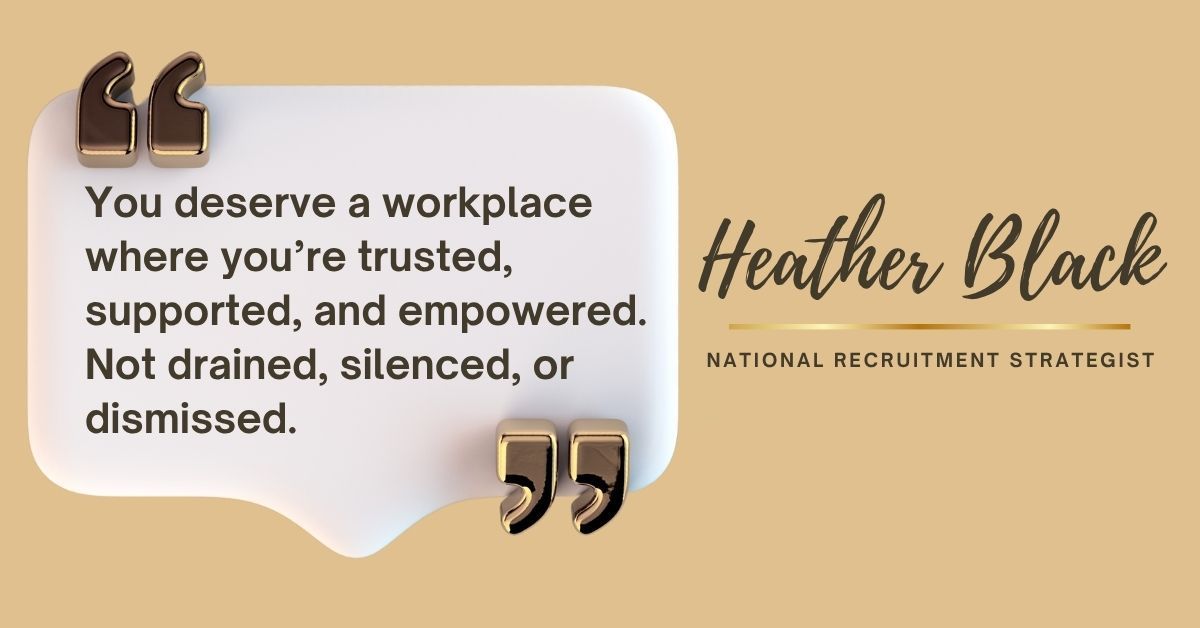The Micromanaging Boss

I once left one of my favorite jobs.
Not because of the role. Not because of the company. Not because I wasn’t committed.
I left because of one person.
Over seven years, I had five different managers. Most were decent. One was exceptional. The last? A full-blown micromanager.
He held weekly 1:1 update meetings. Let’s be honest, they were really “idea extraction” sessions. He talked non-stop, mined my brain for insights, and then repackaged them as his own to leadership. He blocked my access to the top, made sure everything funneled through him, and tried to pass off control as communication by constantly oversharing.
It got so bad I would sit in my car in the parking lot, shaking and dreading walking in.
I went to HR. Not to file a complaint, just to ask for support. They nodded and listened, but there wasn’t anything they could do.
So, I quit.
And guess what? He was let go four months later.
But the damage was done. I had already walked away from a job I truly loved.
Lesson:
People don’t quit jobs. They quit poor leadership.
Here’s what the data says:
70% of employees say micromanagement kills morale
58% leave due to toxic cultures
65% resign because of burnout
75% of voluntary turnover is manager-related
(Sources: LinkedIn 2024 Survey / Gallup)
Micromanagement isn’t just a style. It’s a retention issue.
My advice:
If you’re managing people, take a moment to reflect:
Are you leading or controlling?
Are you building trust or getting in the way?
Are your 1:1s helpful check-ins or just status reports?
Are you truly open to feedback or just going through the motions?
And if you’re on the receiving end of this:
· Document the patterns
· Set boundaries
· Ask for support once, maybe twice
· Then start planning your exit
Your mental health isn’t worth someone else’s insecurities.
If any of this hit a nerve, you’re not alone. You don’t have to stick it out or wait for things to magically improve.
You deserve a workplace where you’re trusted, supported, and empowered. Not drained, silenced, or dismissed.
And if you’re in a leadership role, keep this in mind. If you’re not paying attention, your best people might already be planning their exit. Quietly.
Whether you’re trying to keep top talent or find a better fit, I’ve seen both sides. Let’s talk.
You're Hired!



